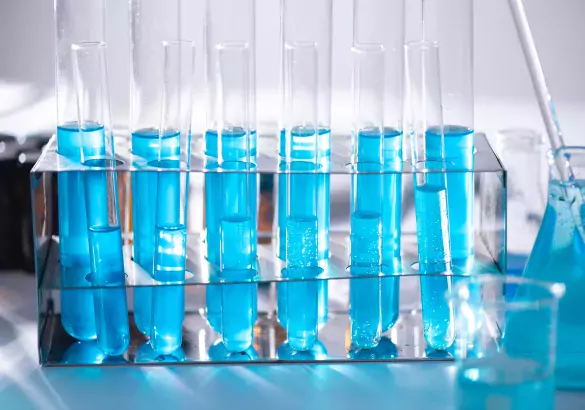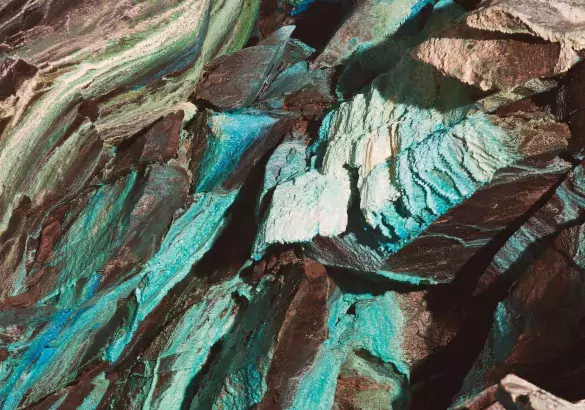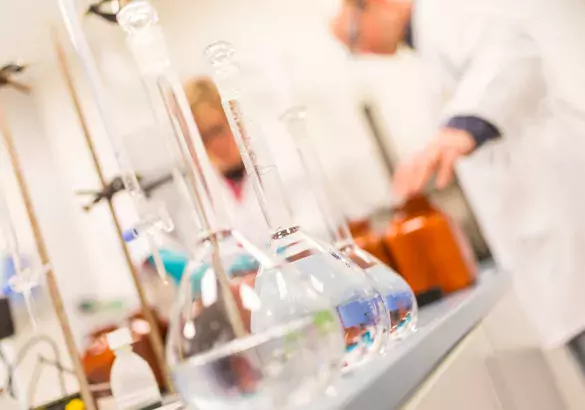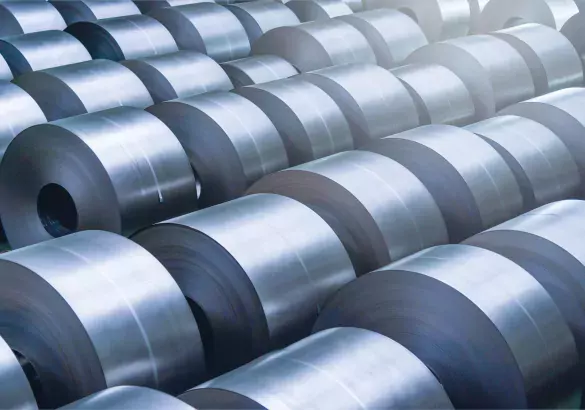Municipal wastewater
Municipal wastewater applications
Municipal wastewater is collected from households and certain industries and requires treatment before being discharged into the environment, and/or used for non-potable purposes. Wastewater treatment removes contaminants from wastewater through a combination of physical, chemical and biological processes. At Lhoist, we provide specific solutions to optimize wastewater treatment at municipal wastewater treatment plants.
Neutralac®, our brand for municipal wastewater and sludge treatment
Nutrient removal
Wastewater may contain high levels of nutrients such as nitrogen and phosphorus. Excessive nutrient discharge into the environment can lead to eutrophication, resulting in an overgrowth of algae and depletion of oxygen in water bodies.
Nitrogen is mainly present as ammonium in wastewater. Depending on the concentration, ammonium is removed through stripping or biological processes. In ammonia stripping, lime is used to convert ammonium hydroxide to ammonia gas. In biological processes, lime is added to ensure sufficient alkalinity and suitable pH range for microbial conversion of ammonium to nitrogen gas.
Phosphorus removal is achieved through physico-chemical methods, biological treatment, or a combination of both. In physico-chemical treatment, metal-based salts are used for phosphorus removal, which consume alkalinity and lower the pH. Hydrated lime or milk of lime is usually added to increase the buffer capacity of the wastewater and assist with phosphorus removal. The calcium present can also bind with phosphorus at higher pH to form hydroxyapatite.

pH / alkalinity adjustment
The purpose of neutralization is to adjust the pH value to meet the requirements of the different processing units in the wastewater treatment system. At Lhoist, we provide lime-based reagents that help raise the pH and provide adequate buffer capacity for wastewater treatment.
Odour / corrosion control
Hydrogen sulphide and associated compounds are major contributors to odour in wastewater treatment plants. In addition, hydrogen sulphide is toxic and explosive at a certain threshold. Lime is a strong buffer, enabling sulphur to stay in the solution and eliminate its corrosive, toxic and explosive potential in treatment plants or sewer networks.










